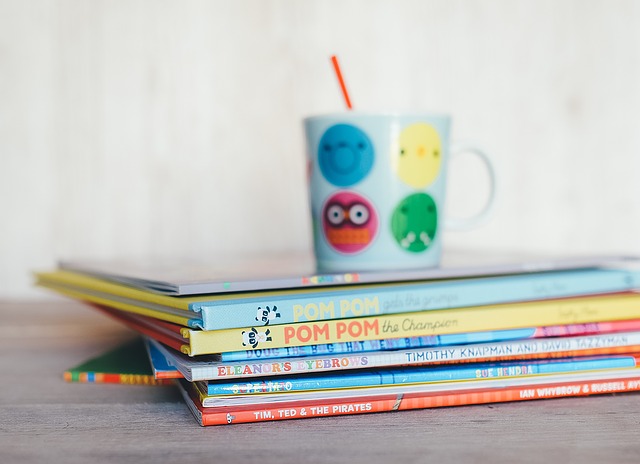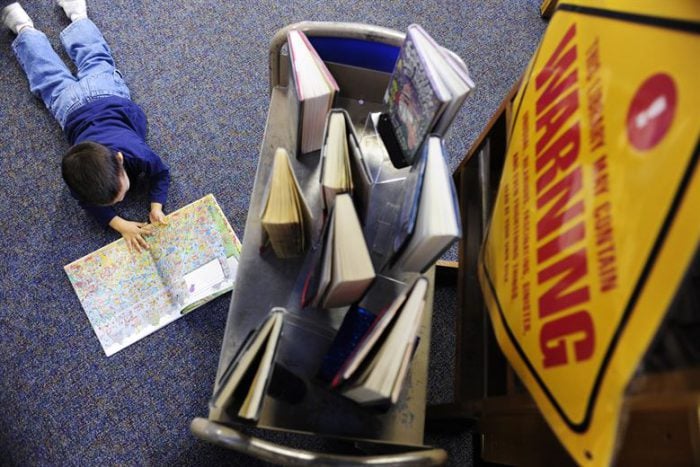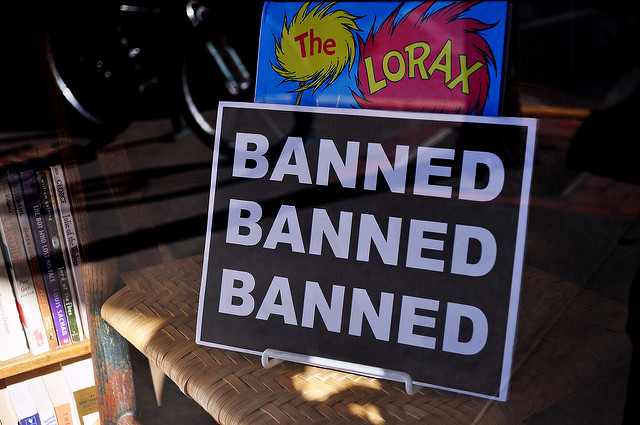Banned Books: A Discussion Worth Having and a Prohibition Worth Questioning
Children’s books are often full of fantastical situations, twisted logic, and no small amount of farce. This is something you can also see reflected in the rationale behind the banning of some of our very favourite tales. The world of fairy tales, parables and learning aides presents an almost unequalled method to introduce new ideas and words to children and so it is no surprise that children’s books can often fall afoul of those more sensitive to perceived moral decay. Various people and organisations take it upon themselves to stand watch over this portal and to patrol the pathways of imagination, always on the lookout for any deviancy looking to insinuate itself in to impressionable young minds.
While a noble sentiment, it is still subject to political interest and religious/ideological bias. By looking at who wants to stop what from being read by children and why, we can gain remarkable insight about what we value and how those values have changed over time.

Photo via Pixabay
To the West
Libraries in East Sussex, England pulled copies of Babar’s Travels, after the books titular hero encounters “savage cannibals” while travelling in Africa, showing that attitudes to racial stereotypes have changed somewhat since the cartoon was first published in 1937. Likewise, Tintin in the Congo was pulled from libraries in Lewisham, London due to complaints over its colonialist representation of African people as sub-human and monkey-like.
Across the pond in the United States, Dr. Seuss earned the ire of some in the logging industry after depicting the environmental impact of unfettered deforestation in The Lorax. Despite creating a narrative which has proven to be an excellent conversation starter with children otherwise too young to understand such a complex topic, the book was criticised for being unfair to the logging industry. In 1988 the small town of Laytonville, California removed the book from the required reading list for second-graders and a rather clumsy counter-point was penned in the form of “The Truax”. The Lorax has not suffered from this persecution and remains a firm favourite to this day.
The Wizard of Oz has ruffled many feathers since it was published, but one particular instance of it being banned gives us a glimpse at how pervasive, and petty, gender inequality can be. The Chicago Public Library decided to ban the book in 1928, for “depicting women in strong leadership roles”. Rather than seeing this as another way of reinforcing which characteristics we admire in people, such as kindness, acceptance and bravery, this ban tried to prevent young girls from aspiring to those same characteristics. Ninety years on it can be hard to tell just how far we have come since then.
Not all blacklists have such lofty concerns behind them, however. The Texas Department of Criminal Justice recently released a list of 10,000 titles which their almost 150,000 inmates are barred from reading. While there are a few very conspicuous absences, Mein Kampf for example, one kid’s book did make the list: the pop-up edition of “A Charlie Brown Christmas”. The rationale behind this prohibition? The potential for contraband concealment. Perhaps the state’s drug sniffer dogs just can’t help but turn a blind eye (or nose, if you will) to Snoopy’s illicit treats.

Photo via Eielson.af.mil
While not explicitly banned, the ground-breaking classic Struwwelpeter has been removed from many a library shelf in its native Germany. Originally published in 1844 by Dr. Heinrich Hoffman, a father who was unimpressed with what children had to read at the time, Struwwelpeter is a collection of short stories regarding various naughty children who receive a swift comeuppance of one type or another. Poor Konrad sucks his thumbs despite being told not to and so has them cut off with a large pair of scissors, and a young girl named Pauline is burned to death after playing with matches after being left home alone. While this wonderfully illustrated book was initially written for his three-year-old son, Dr. Hoffman’s approach towards child development is now considered to be a prime example of ‘Schwarze Pädagogik’ or ‘Black Education’. This term was developed in the 70’s by German essayist Katharina Rutschky and is used to describe repressive or sadistic teaching methods. In many German schools this book cannot be found in classrooms or even in the library, although a copy may well be kept in a separate room for research purposes.
The cultural shift that post-war Germany underwent led to a new and considered set of criteria around how we raise children, what goals we have in mind when doing so, and what materials we can use in this effort. The end result was a more liberal, and ultimately Americanised, approach to education and children’s media.

Photo via Flickr
To the East
In China right now the powers that be have also decided to moderate children’s literature, but in a very different way. The ruling Communist Party “has deliberately decided to constrain important books and protect those written by Chinese authors” due to the “inflow of ideology” from the West. Chinese publishers have been ordered to drastically reduce the amount of foreign books being printed and e-commerce titan Alibaba announced it would ban the sale of all foreign publications on its popular site Taobao. Among the list of banned books are “Peppa Pig”, “Winnie the Pooh” and “Charlie and the Chocolate Factory”. There appears to be no formal means to enforce this policy overall, nor any official legal position, but it helps demonstrate the expected behaviour regarding children’s literature in China.
Children’s books get censored for all sorts of reasons; for clashing with somebody’s religious beliefs, presenting offensive stereotypes or for representing foreign or undesirable cultures. It is hard to measure the impact of these restrictions though and ultimately much more rests on the environment at home as well as access to proper education. Books can provide so much for children and it is also important to present a variety of material for them to work through. Difficult or challenging themes have their place in child development and books can help children prepare themselves for hardships later in life.
For sure, some material is not appropriate for children but it is also likely that the effort spent persecuting books such as the Harry Potter series would be better spent providing something positive instead. An absence of bad does not necessarily equal good, and both terms are somewhat subjective anyway. Ultimately though, it makes you wonder, doesn’t it?
